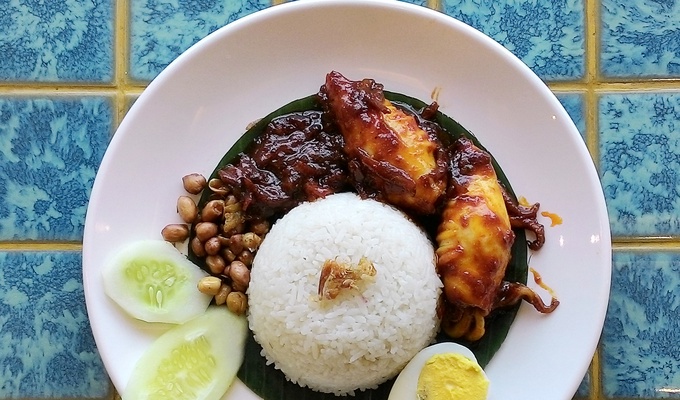South African cuisine reflects the diverse range of culinary traditions embodied by the various communities that inhabit the country. Among the indigenous peoples of South Africa, the Khoisan foraged over 300 species of edible food plants, such as the rooibos shrub legume, whose culinary value continues to exert a salient influence on South African cuisine. Subsequent encounters with Bantu pastoralists facilitated the emergence of cultivated crops and domestic cattle, which supplemented traditional Khoisan techniques of meat preservation. In addition, Bantu-speaking communities forged an extensive repertoire of culinary ingredients and dishes, many of which are still consumed today in traditional settlements and urban entrepôts alike.
South African cuisine
culinary traditions of South Africa

Characteristic parts
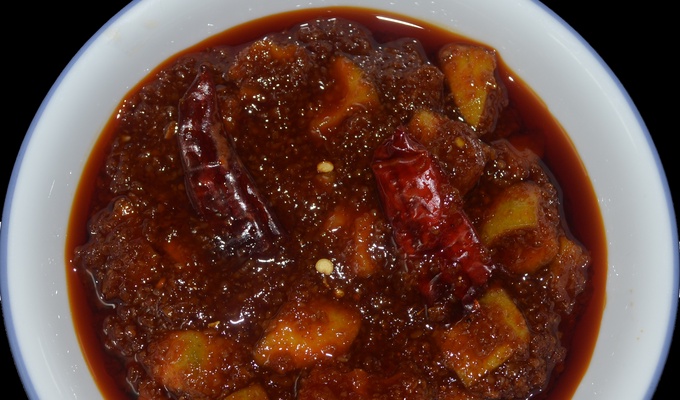
Achar
Indian pickled vegetables and fruits
Afrikaanse stoofschotel
South African stew with potatoes and cabbage
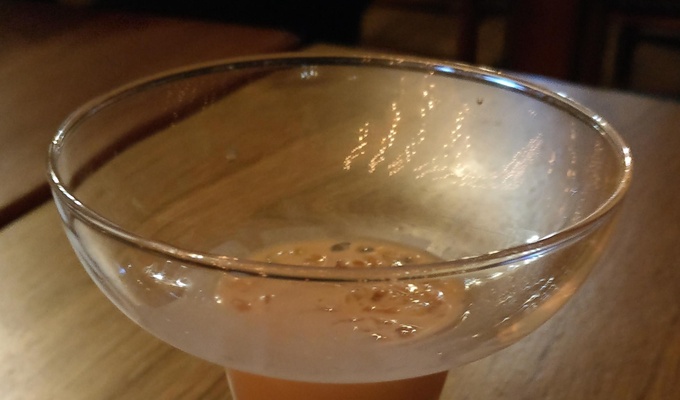
Amarula
South African liqueur made with marula fruit
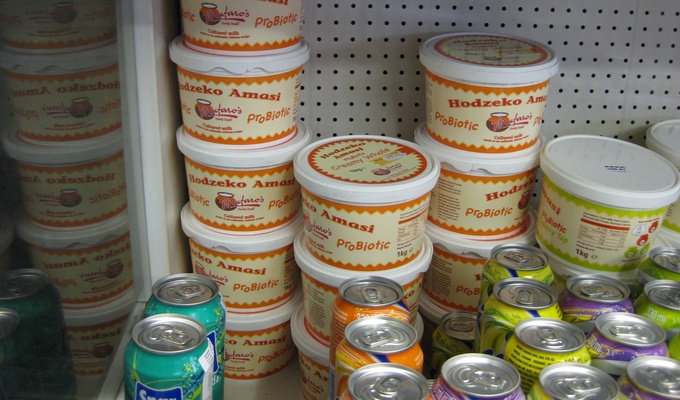
Amasi
traditional South African fermented milk

Biltong
form of dried, cured meat that originated in South Africa
Blatjang
South African chutney made of dried fruit
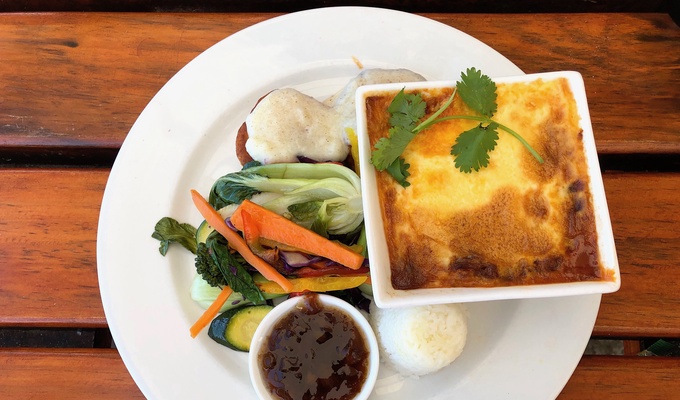
Bobotie
South African dish
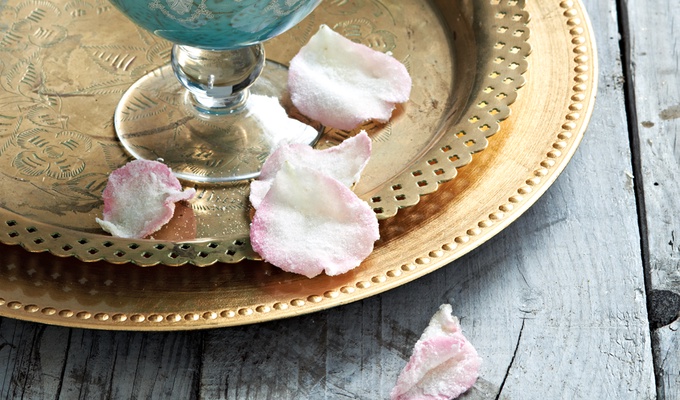
Boeber
Malay dish
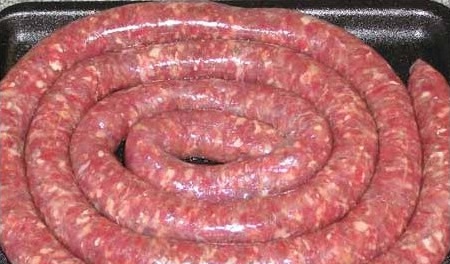
Boerewors
Food
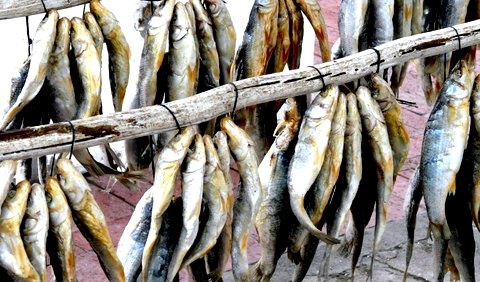
Bokkoms
whole, salted and dried mullet
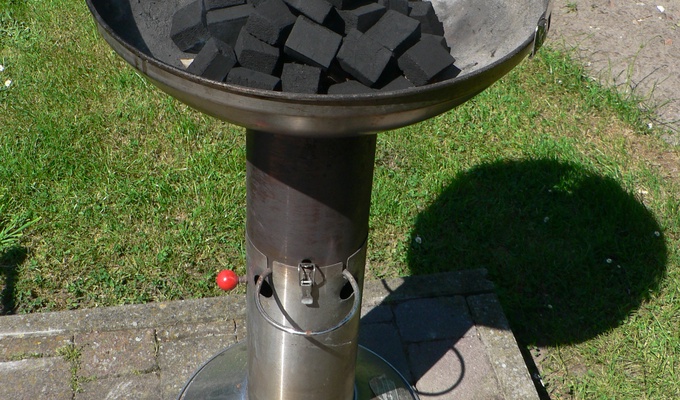
Braai
South African barbecue or grill

Bunny chow
South African dish consisting of a hollowed-out loaf of white bread filled with curry
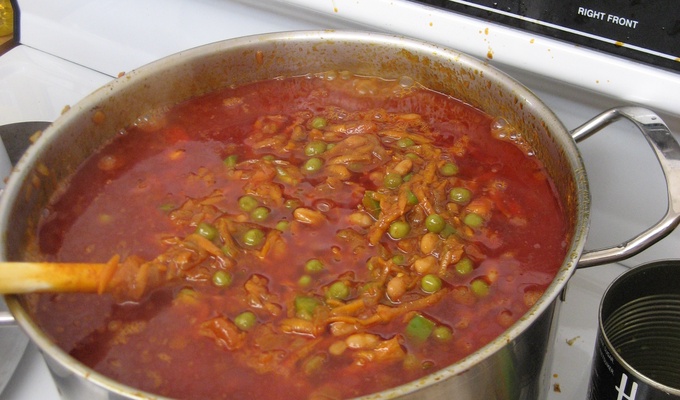
Chakalaka
South African vegetable relish
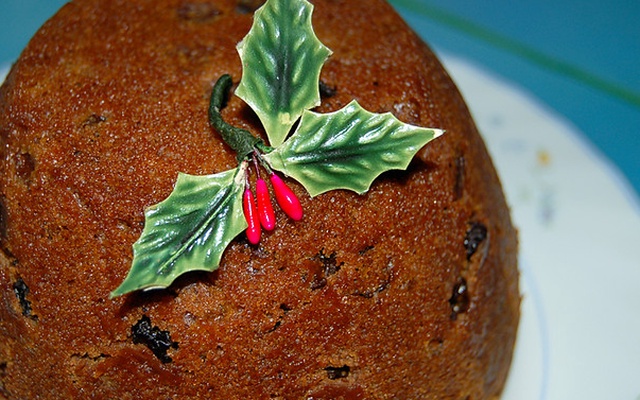
Christmas pudding
steamed pudding
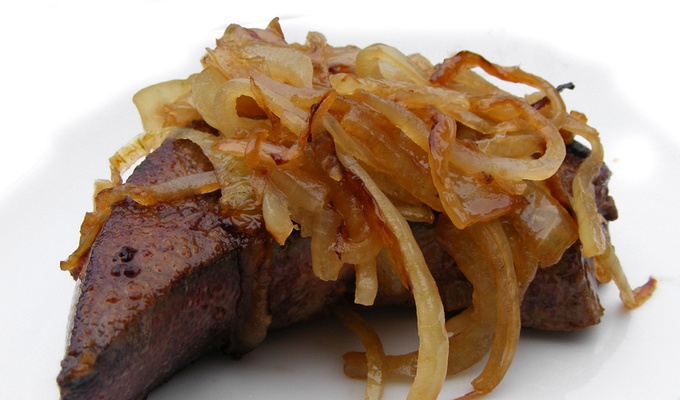
Cod liver
liver meat used as food

Curry
dish whose origins are in South and Southeast Asian cuisines

Curry sauce
dish whose origins are in South and Southeast Asian cuisines
Dikgobe
dish of samp and beans
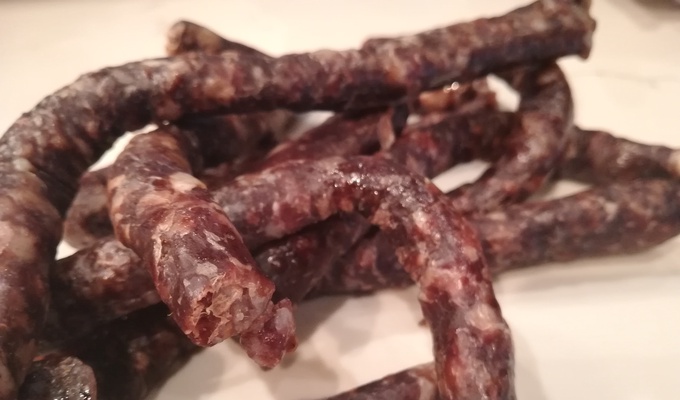
Droëwors
Southern African snack food
Durban curry
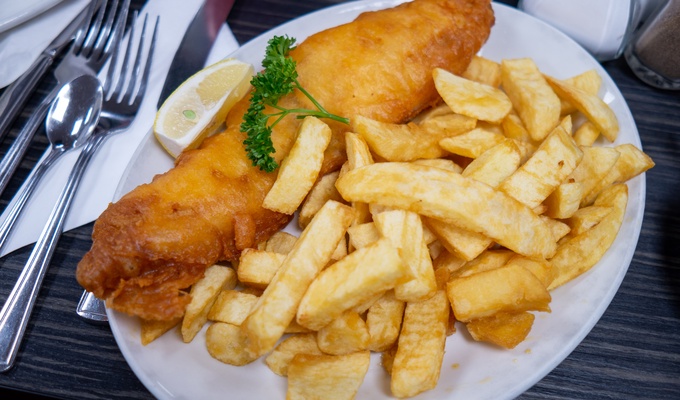
Fish and chips
Hot dish of fried fish and fried potato

French fries
deep-fried strips of potato

Fried potato
deep-fried strips of potato
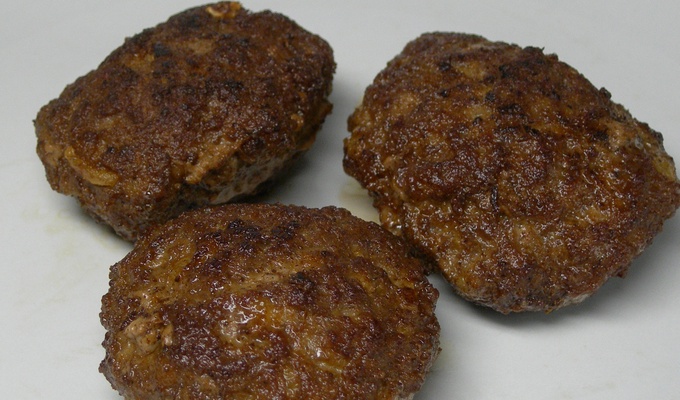
Frikkadel
South African dish
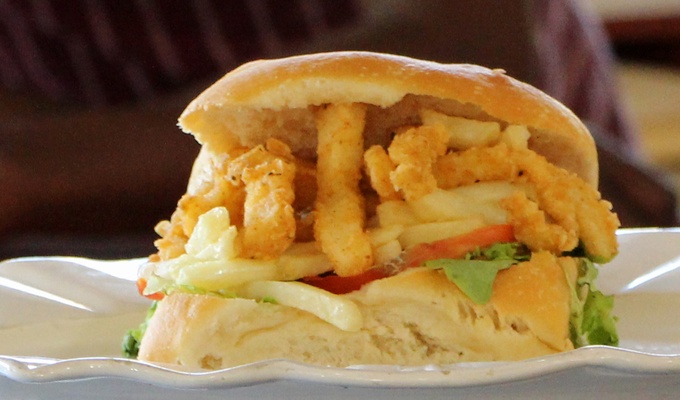
Gatsby
South African sandwich
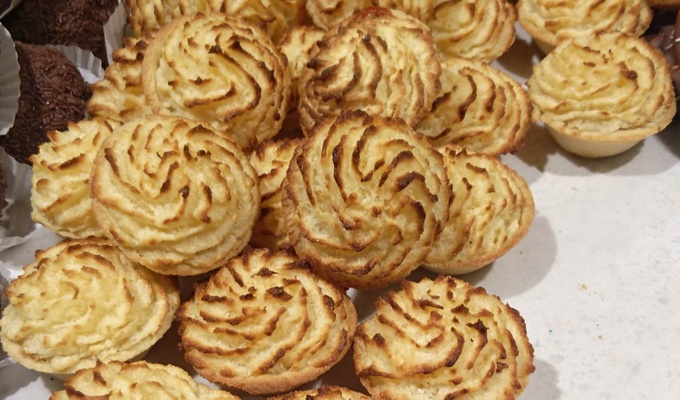
Hertzoggie
jam-filled cookie
Isidudu
soft porridge made from ground corn known as mealie meal

Kalimotxo
type of cocktail
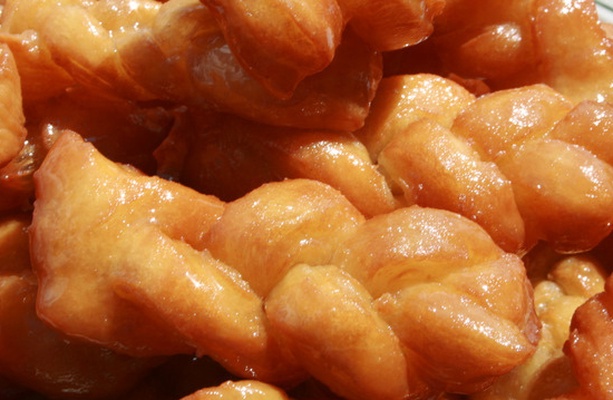
Koeksister
traditional Afrikaner confectionery
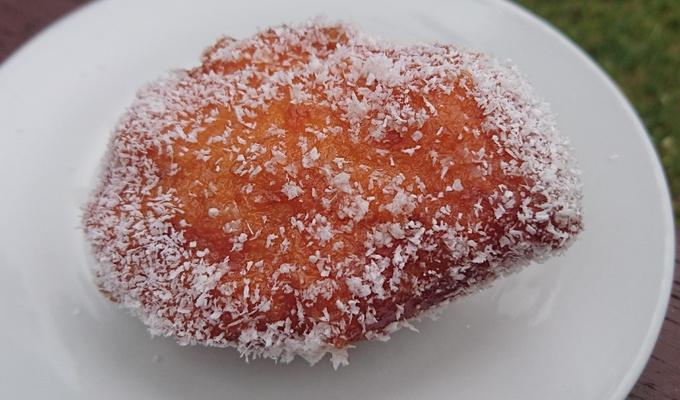
Koesister
traditional Cape Malay pastry
Konfyt

Liver
liver meat used as food

Mageu
Traditional Southern African non-alcoholic drink

Malva pudding
South African sweet pudding
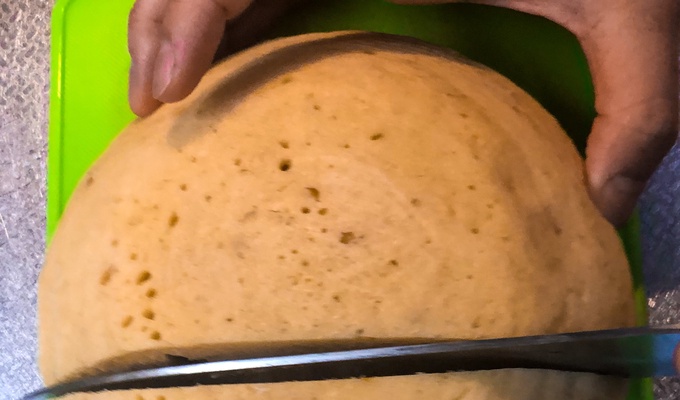
Mealie bread
South African sweetcorn bread
Mebos
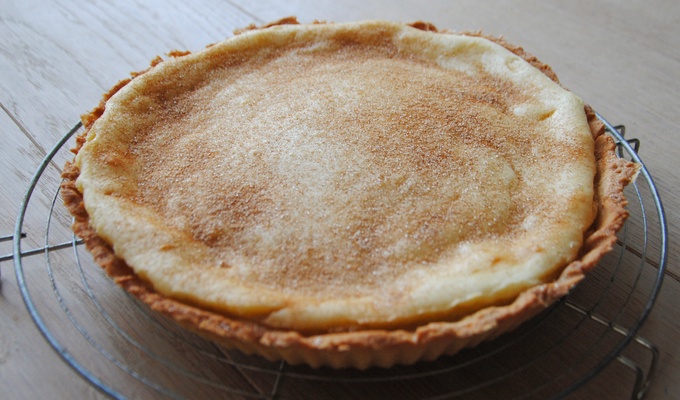
Melktert
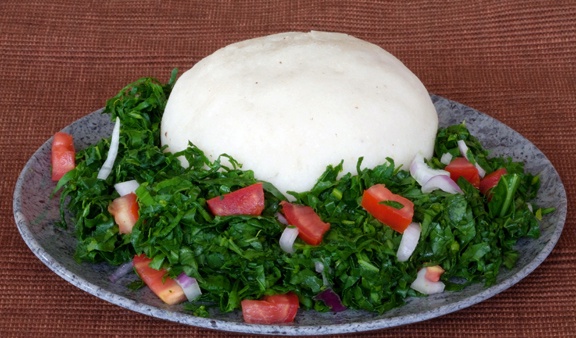
Mieliepap
type of maize flour porridge made in Africa
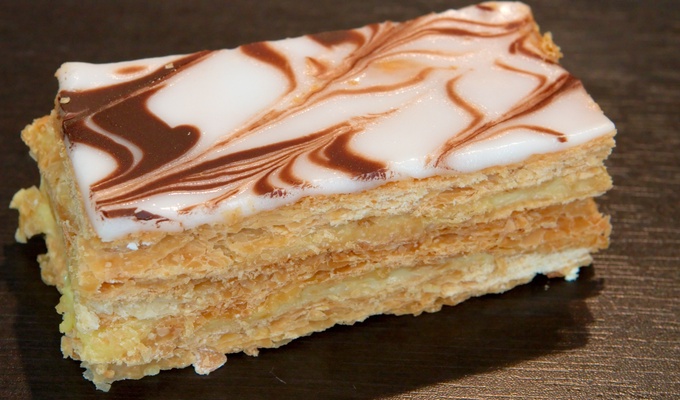
Millefeuille
French pastry
Monkey gland sauce
South African sauce, made with onion, garlic, ginger, chutney, soy sauce, mustard, Worcestershire sauce, ketchup, and wine; does not involve monkeys in any way, despite the name
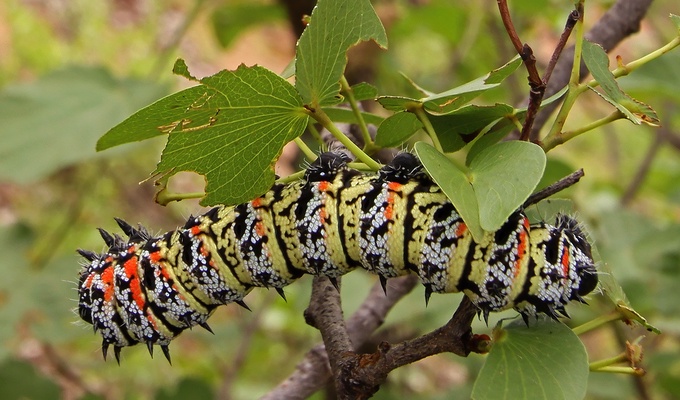
Mopane worm
species of insect
Morogo
African leafy vegetable
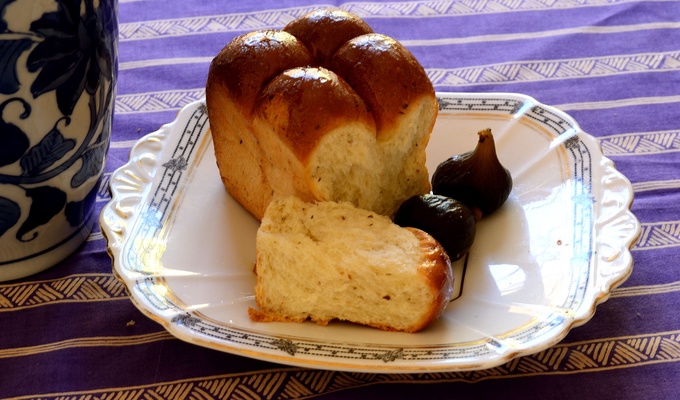
Mosbolletjies
South African sweet bread

Nshima
type of maize flour porridge made in Africa

Oshifima
type of maize flour porridge made in Africa
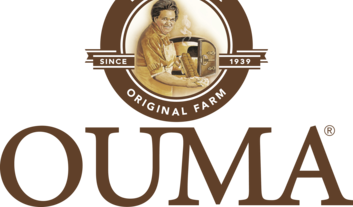
Ouma Rusks

Oven fries
deep-fried strips of potato
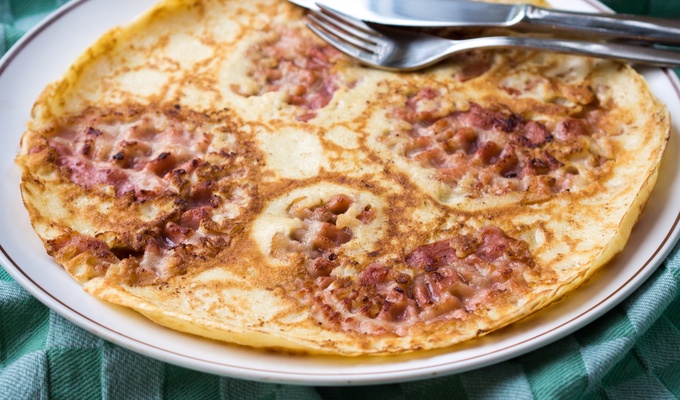
Pannenkoek
Dutch, Indonesian and South African pancake
Pap en vleis
South African porridge and meat dish
Peppadew
Brand name of a sweet piquanté pepper grown in South Africa
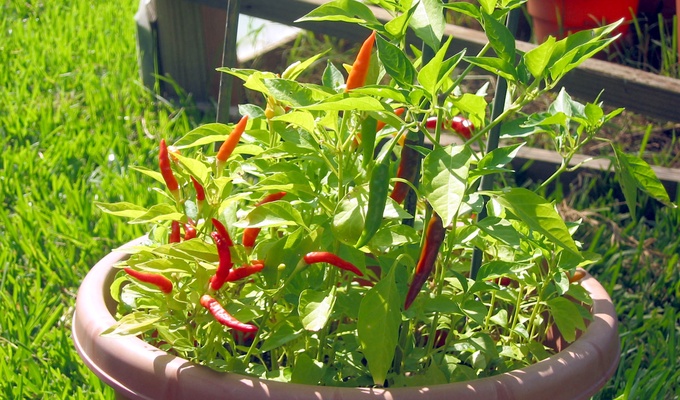
Peri-Peri
cultivar of Capsicum frutescens

Phutu
type of maize flour porridge made in Africa
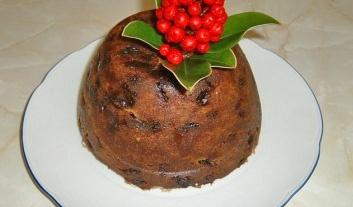
Plum pudding
steamed pudding
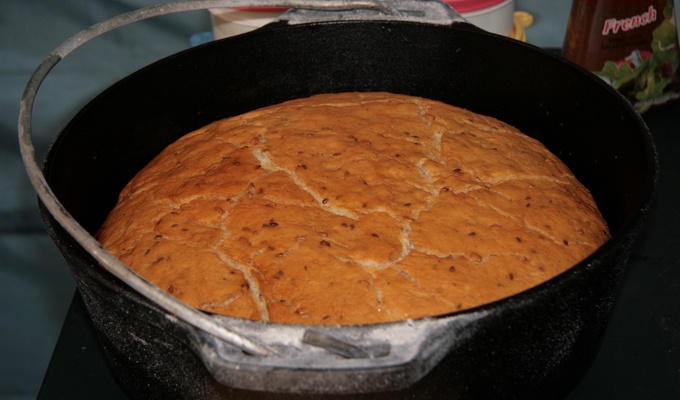
Potbrood
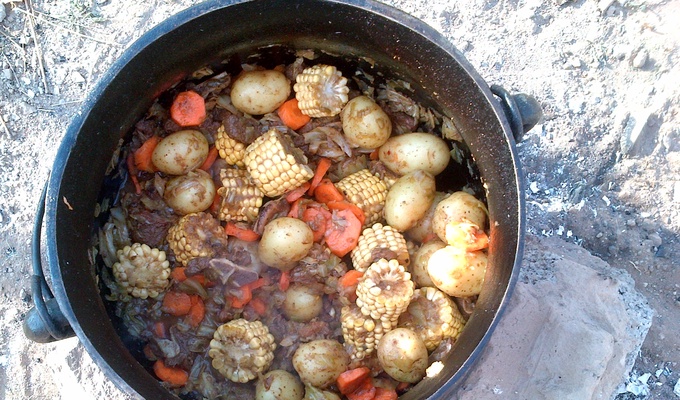
Potjiekos
South African stew prepared in a round, cast iron, three-legged pot
Roast beef
traditional English dish of beef which is roasted
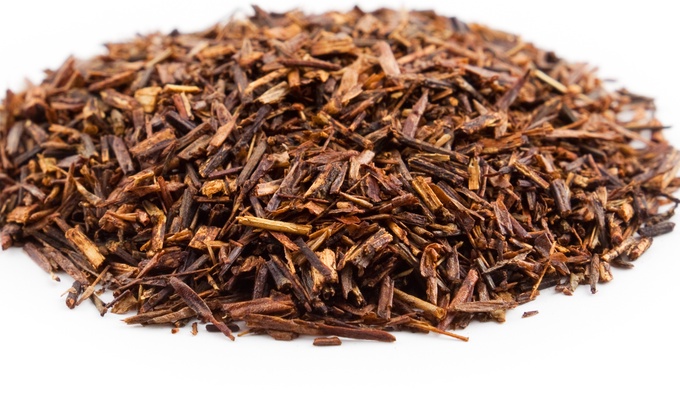
Rooibos tea
species of plant
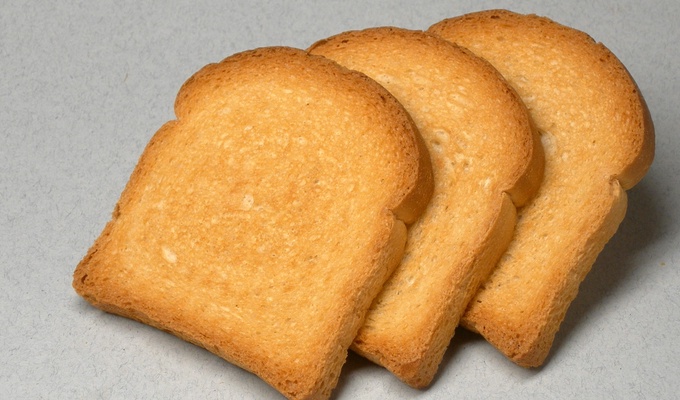
Rusk
hard, dry biscuit or a twice-baked bread

Sadza
Maize flour porridge made in Africa
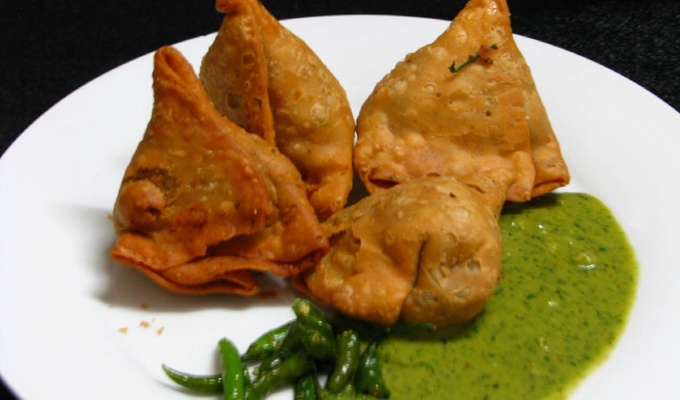
Samosa
Fried savory pastry, common across South Asia and Southeast Asia
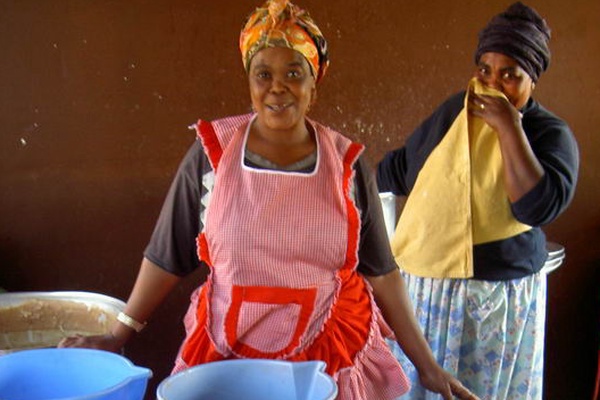
Samp
South African corn kernel dish
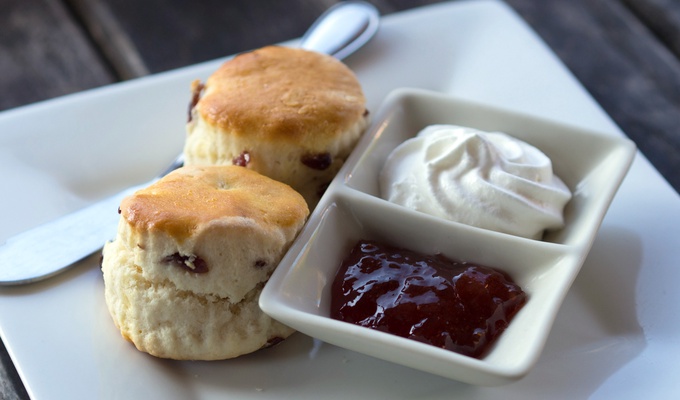
Scone
British quick bread

Seswaa
stewed meat dish of Botswana

Shingara
Baked dish common to South Asia and the Middle East
Skilpadjies
South African dish of grilled lamb liver

Smuts cookie
South African jam-filled cookie

Soetpatats
Sweet Potatoe dish
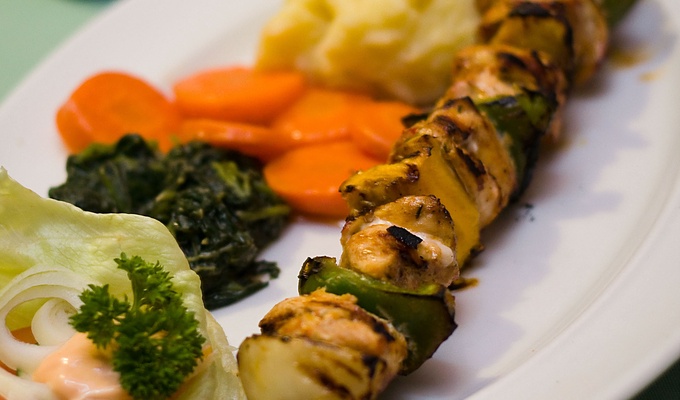
Sosatie
South African dish of meat cooked on skewers
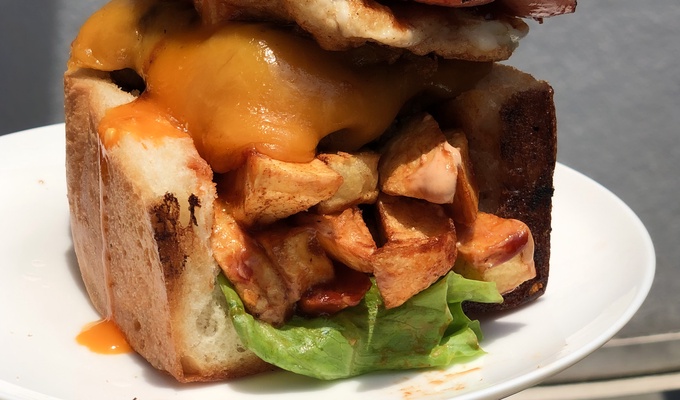
Spatlo
Rashad Ali Yousaf

Springbokkie
type of cocktail
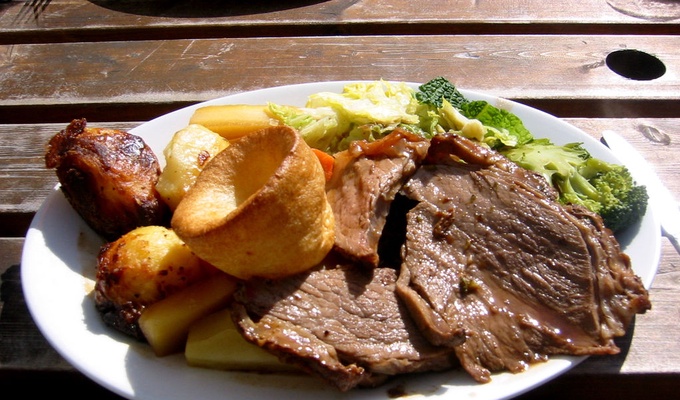
Sunday Roast
traditional meal associated with Great Britain

Tameletjie
homemade toffee confection
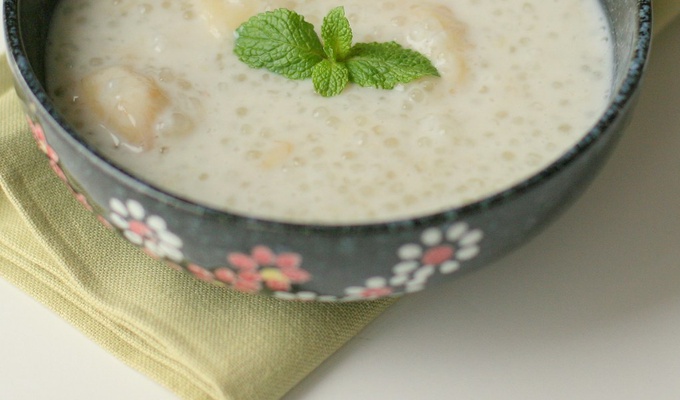
Tapioca pudding
Sweet pudding made with tapioca cooked in milk, cream, or coconut
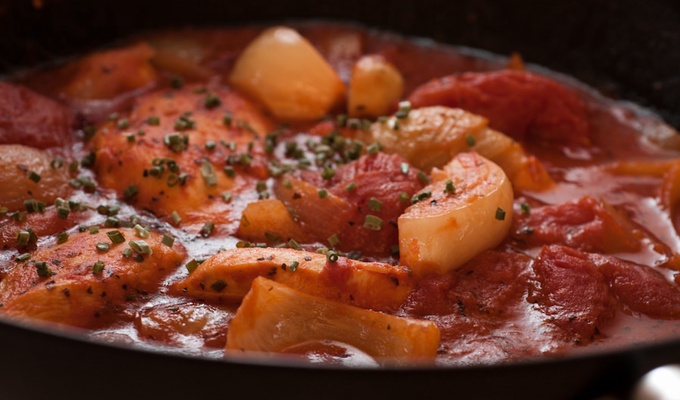
Tomato bredie
South African stew

Ugali
maize, millet, or sorghum porridge made in Africa
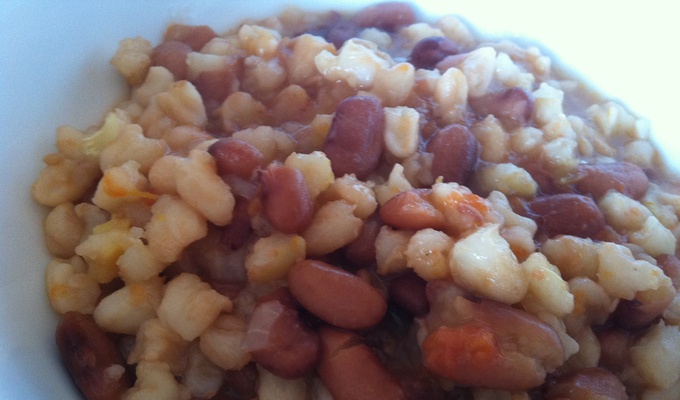
Umngqusho
South African dish of samp and sugar beans

Umqombothi
Xhosa beer made from maize, corn and sorghum
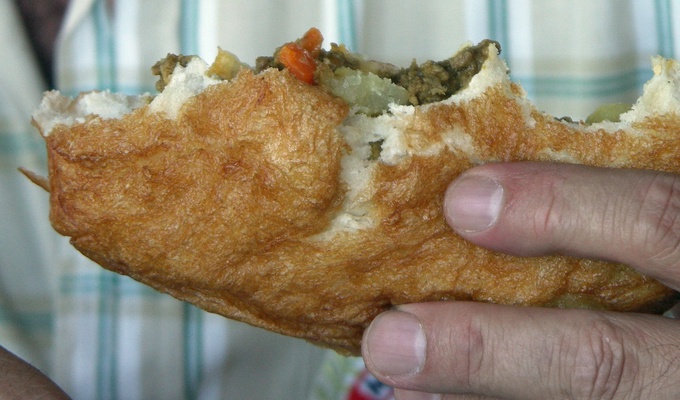
Vetkoek
South African fried bread
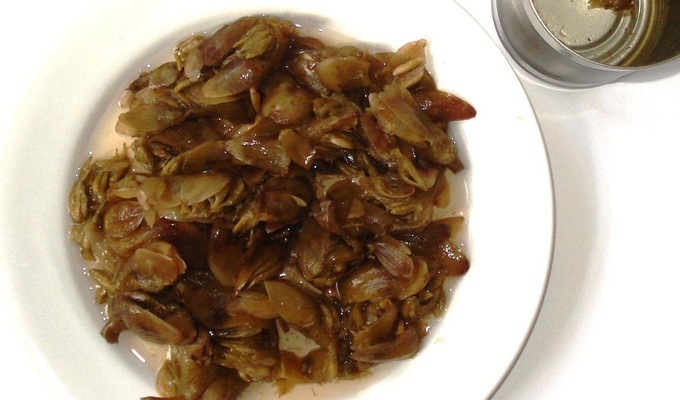
Waterblommetjiebredie
South African stew
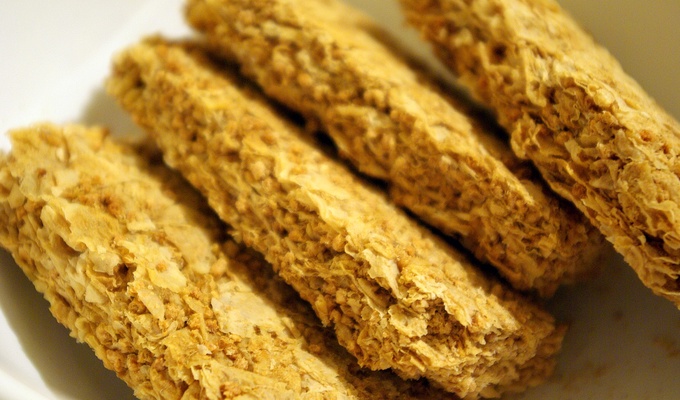
Weet-Bix
high-fiber and low sugar breakfast cereal biscuit
Has characteristic parts:
Acharhi
Afrikaanse stoofschotelaf
Amarula
Amasi
Biltong
Blatjang
Bobotie
Boeber
Boerewors
Bokkoms
Braaiaf
Bunny chow
Chakalaka
Christmas pudding
Cod liver
Curry
Curry sauce
Dikgobe
Droëwors
Durban curry
Fish and chips
French fries
Fried potato
Frikkadel
Gatsby
Hertzoggie
Isidudu
Kalimotxo
Koeksister
Koesister
Konfyt
Liver
Mageu
Malva pudding
Mealie bread
Mebos
Melktertaf
Mieliepap
Millefeuillefr
Monkey gland sauce
Mopane worm
Morogo
Mosbolletjiesaf
Nshima
Oshifima
Ouma Rusks
Oven fries
Pannenkoeknl
Pap en vleisaf
Peppadew
Peri-Peri
Phutu
Plum pudding
Potbrood
Potjiekos
Roast beef
Rooibos tea
Rusk
Sadza
Samosa
Samp
Scone
Seswaa
Shingarabn
Skilpadjiesaf
Smuts cookie
Soetpatats
Sosatie af
Spatlo
Springbokkie
Sunday Roast
Tameletjie
Tapioca pudding
Tomato bredie
Ugalisw
Umngqusho
Umqombothi
Vetkoekaf
Waterblommetjiebredie
Weet-Bix
Categories:
Cuisine
Subcategories:
Malay cuisine
Also known as:
Wikidata ID:
Q1196175
Wikipedia title:
South African cuisine
References:
Article content licensed under CC-BY-SA; original content from Wikimedia Foundation; image data under CC-BY-SA from Wikimedia Foundation
ID: 17367
